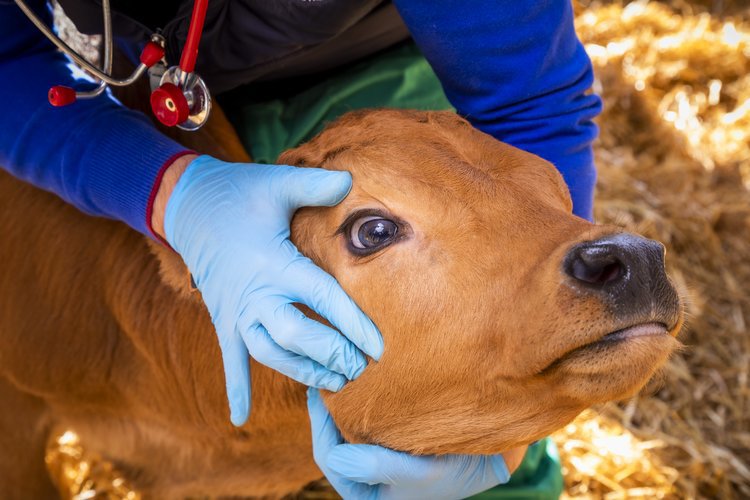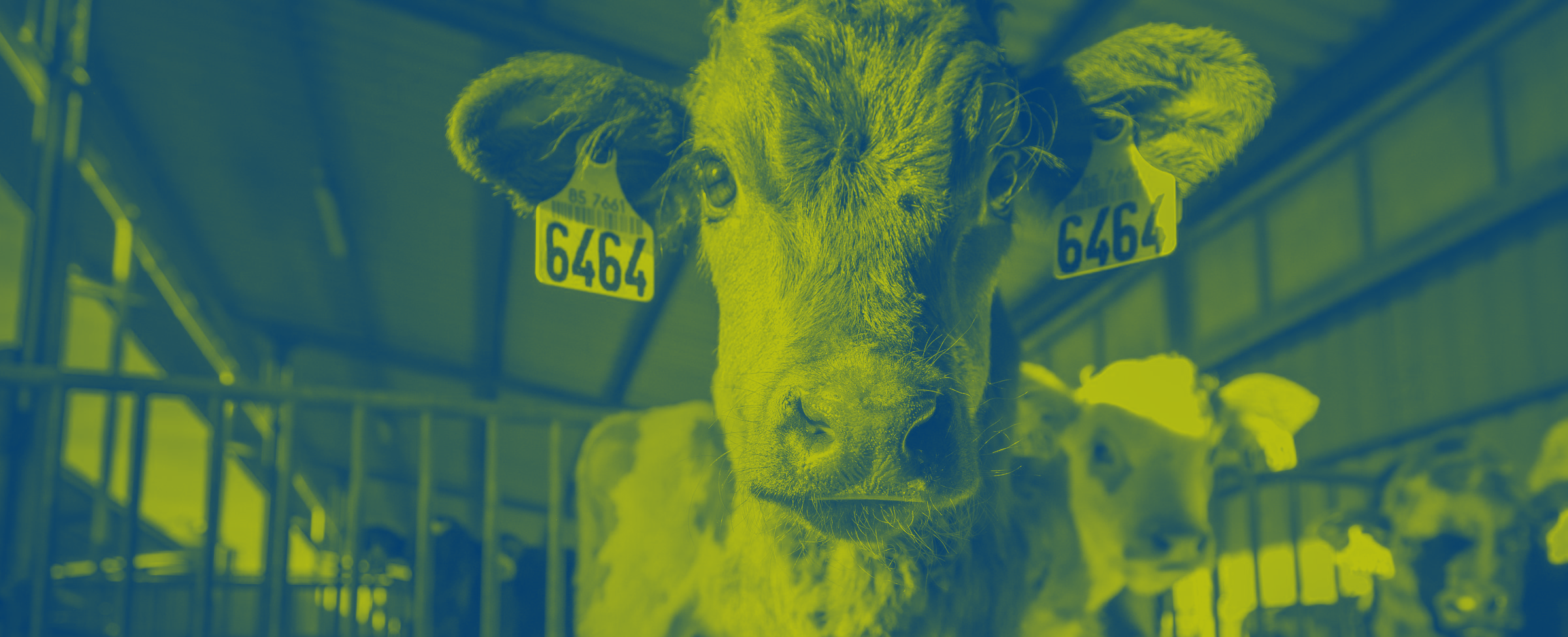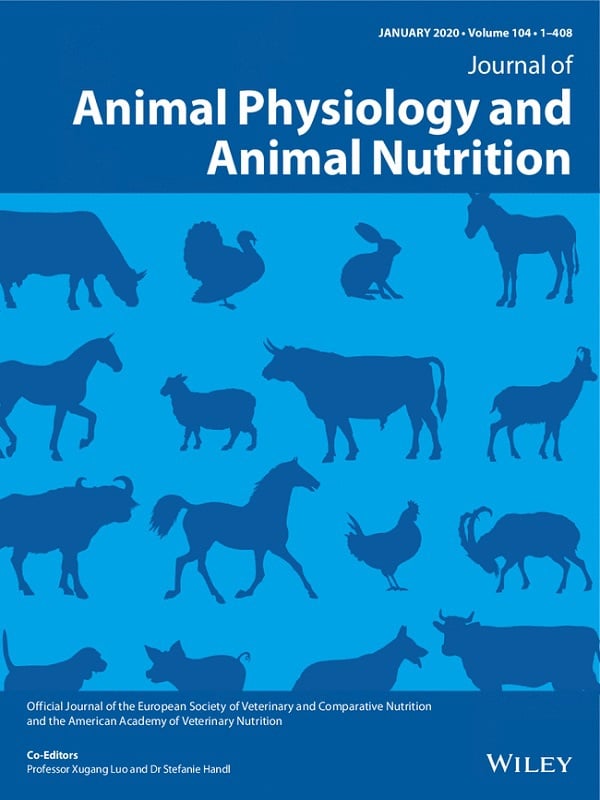
You are visiting the Czech website
Switch to
Stay on

Telata
Čistokrevná a křížená telata pocházející z mléčných provozů tvoří významné procento celosvětové produkce hovězího masa. Optimalizované zdravotní a výživové postupy během jejich odchovu hrají důležitou roli při zvyšování užitkovosti a minimalizaci potřeby neustálé léčby antibiotiky v budoucích fázích růstu a výkrmu.
Přehled obsahu
Související příběhy
-
 The aim of this study was to assess the effects of feeding immunized egg proteins (IEP) on the health and performance of newborn dairy calves. Sixty‐four Holstein calves, both male and female, were divided over two treatments. Calves either received IEP or a placebo (PCB) in their colostrum and calf milk replacer (CMR) for the first 14 days of their life. Until day 49, CMR was offered at 15% of birth weight (BW), at 10% on days 49–57 and at 5% on days 57–63. In addition, calves received starter concentrate, chopped straw and water from 3 days old until 70 days old at the end of study. Individual CMR and concentrate intake were measured daily whilst BW was recorded weekly. Visual faecal scoring and health observations were conducted daily. Faecal samples were collected weekly up to 4 weeks and during the first 4 days of scouring to screen for presence of Cryptosporidium parvum, rotavirus, coronavirus, E. coli and Salmonella. Results indicated that feeding IEP increased BW (p < .05) at 42 and 56 days old, and BW also tended (p = .06) to be higher after weaning at 63–70 days old compared to the PCB group. When analysed using a repeated measures model, compared to feeding PCB, feeding IEP increased total concentrate consumption (p = .001) by 3.6kg/calf. Over the entire study, daily water intake was higher (p = .002) for the IEP group when compared with the PCB group. In the IEP group, 12 calves were scored as scouring whereas there were 14 calves in the PCB group. There were no significant differences between treatments in faecal pathogen load of neither healthy nor scouring calves. In conclusion, supplementing IEP during the first 14 days of calf life improved the performance of newborn calves. Further work is warranted to understand the mode of action of IEP in calves.
The aim of this study was to assess the effects of feeding immunized egg proteins (IEP) on the health and performance of newborn dairy calves. Sixty‐four Holstein calves, both male and female, were divided over two treatments. Calves either received IEP or a placebo (PCB) in their colostrum and calf milk replacer (CMR) for the first 14 days of their life. Until day 49, CMR was offered at 15% of birth weight (BW), at 10% on days 49–57 and at 5% on days 57–63. In addition, calves received starter concentrate, chopped straw and water from 3 days old until 70 days old at the end of study. Individual CMR and concentrate intake were measured daily whilst BW was recorded weekly. Visual faecal scoring and health observations were conducted daily. Faecal samples were collected weekly up to 4 weeks and during the first 4 days of scouring to screen for presence of Cryptosporidium parvum, rotavirus, coronavirus, E. coli and Salmonella. Results indicated that feeding IEP increased BW (p < .05) at 42 and 56 days old, and BW also tended (p = .06) to be higher after weaning at 63–70 days old compared to the PCB group. When analysed using a repeated measures model, compared to feeding PCB, feeding IEP increased total concentrate consumption (p = .001) by 3.6kg/calf. Over the entire study, daily water intake was higher (p = .002) for the IEP group when compared with the PCB group. In the IEP group, 12 calves were scored as scouring whereas there were 14 calves in the PCB group. There were no significant differences between treatments in faecal pathogen load of neither healthy nor scouring calves. In conclusion, supplementing IEP during the first 14 days of calf life improved the performance of newborn calves. Further work is warranted to understand the mode of action of IEP in calves.podle S. J. A. van Kuijk na Čtěte více -
-
 Recommendations for composition of oral rehydration solutions (ORS) for calves, particularly concerning Na+, glucose, and their combined effect on tonicity, are not in line with guidelines for humans. Thus, this study aimed to determine the effect of ORS tonicity on water, mineral and acid–base balance. Seventy‐two calves were selected based on the severity of dehydration and blood base excess (BE) on day 0. Five calves that did not develop diarrhoea were removed post‐inclusion from the study. Calves were allocated to blocks of four animals based on blood BE on day 1. Within each block, calves were randomly assigned to one of four treatments: (a) hypotonic ORS with low Na+ and lactose (HYPO); (b) isotonic ORS with low Na+and glucose (ISO); (c) hypertonic ORS with high Na+ and glucose (HYPER); and (d) control consisting of warm water including 5 g/L of whey powder (CON). Treatments were administered twice daily over a 3‐day period, in which calves were offered 2.0 L of treatment at 1300 and 2100 hr. Calves were fed 2.5 L of milk replacer at 0700 and 1630 hr from day 1 to 3 and 3.0 L from day 4 to 5, and had access to water. Calves were monitored for 5 days in which measurements included intakes, BW, blood sampling and collection of faeces on day 1 and urine from day 1 to 3. All ORS treatments maintained normal serum Na+, whereas CON did not. Calves in the HYPER group had lower blood pH and greater faecal Na+ losses than HYPO and ISO. Plasma expansion relative to baseline was higher in low tonicity ORS (+4.8%) when compared with CON (+1.0%). Urine osmolality was 30% higher in HYPER calves. In this experiment, low tonicity ORS were more effective at restoring water, mineral and acid–base balance than the hypertonic ORS.
Recommendations for composition of oral rehydration solutions (ORS) for calves, particularly concerning Na+, glucose, and their combined effect on tonicity, are not in line with guidelines for humans. Thus, this study aimed to determine the effect of ORS tonicity on water, mineral and acid–base balance. Seventy‐two calves were selected based on the severity of dehydration and blood base excess (BE) on day 0. Five calves that did not develop diarrhoea were removed post‐inclusion from the study. Calves were allocated to blocks of four animals based on blood BE on day 1. Within each block, calves were randomly assigned to one of four treatments: (a) hypotonic ORS with low Na+ and lactose (HYPO); (b) isotonic ORS with low Na+and glucose (ISO); (c) hypertonic ORS with high Na+ and glucose (HYPER); and (d) control consisting of warm water including 5 g/L of whey powder (CON). Treatments were administered twice daily over a 3‐day period, in which calves were offered 2.0 L of treatment at 1300 and 2100 hr. Calves were fed 2.5 L of milk replacer at 0700 and 1630 hr from day 1 to 3 and 3.0 L from day 4 to 5, and had access to water. Calves were monitored for 5 days in which measurements included intakes, BW, blood sampling and collection of faeces on day 1 and urine from day 1 to 3. All ORS treatments maintained normal serum Na+, whereas CON did not. Calves in the HYPER group had lower blood pH and greater faecal Na+ losses than HYPO and ISO. Plasma expansion relative to baseline was higher in low tonicity ORS (+4.8%) when compared with CON (+1.0%). Urine osmolality was 30% higher in HYPER calves. In this experiment, low tonicity ORS were more effective at restoring water, mineral and acid–base balance than the hypertonic ORS.podle J. N. Wilms na Čtěte více -
